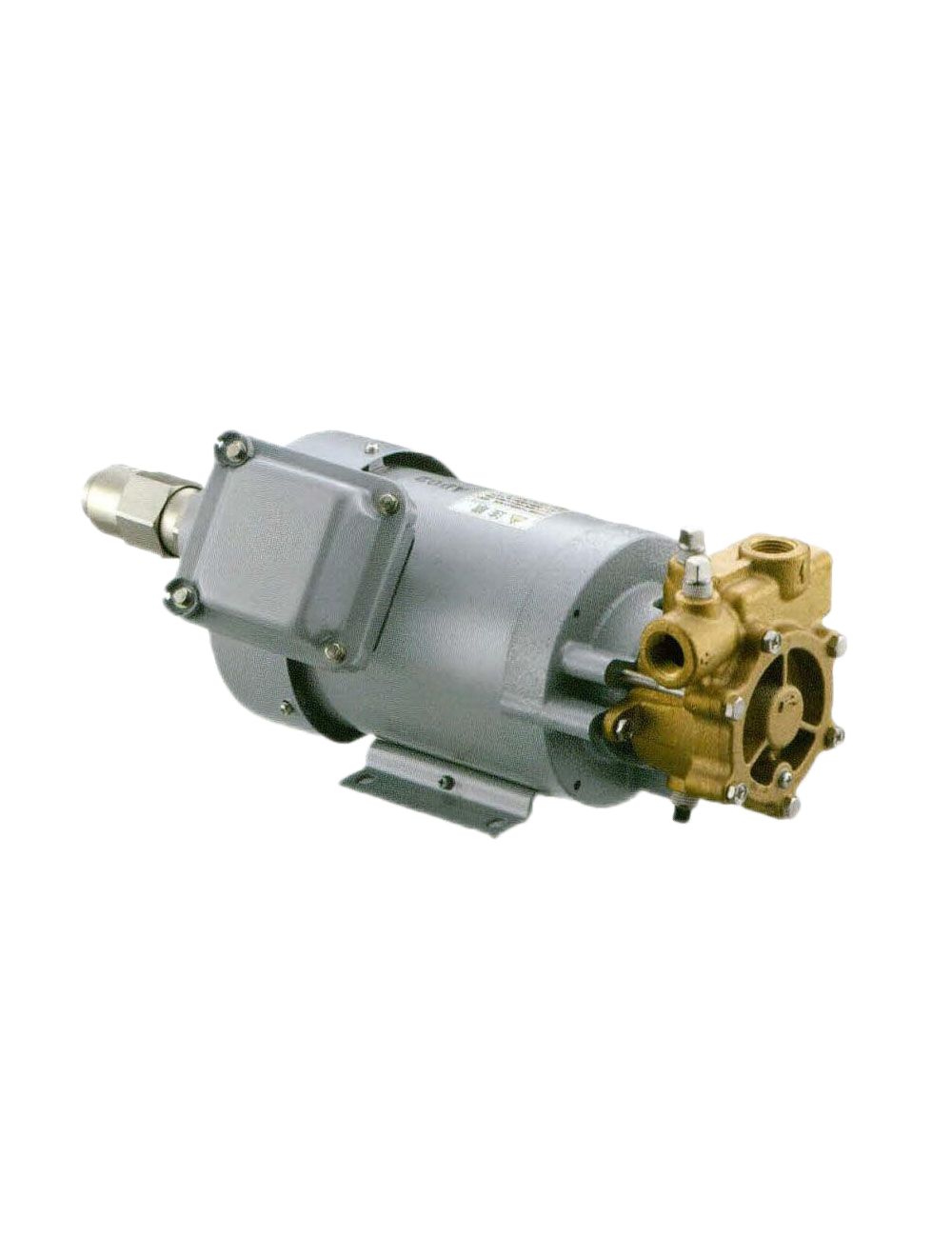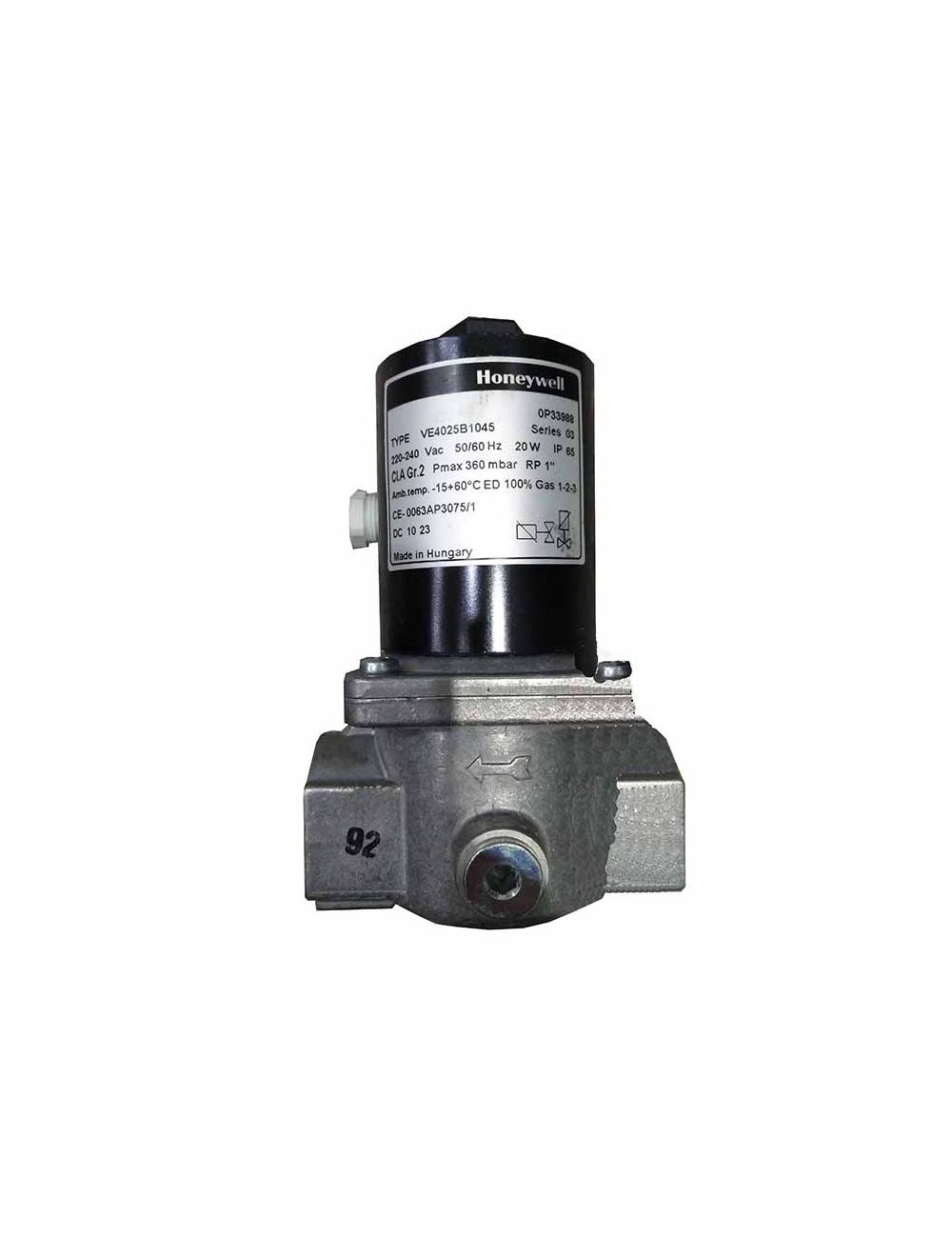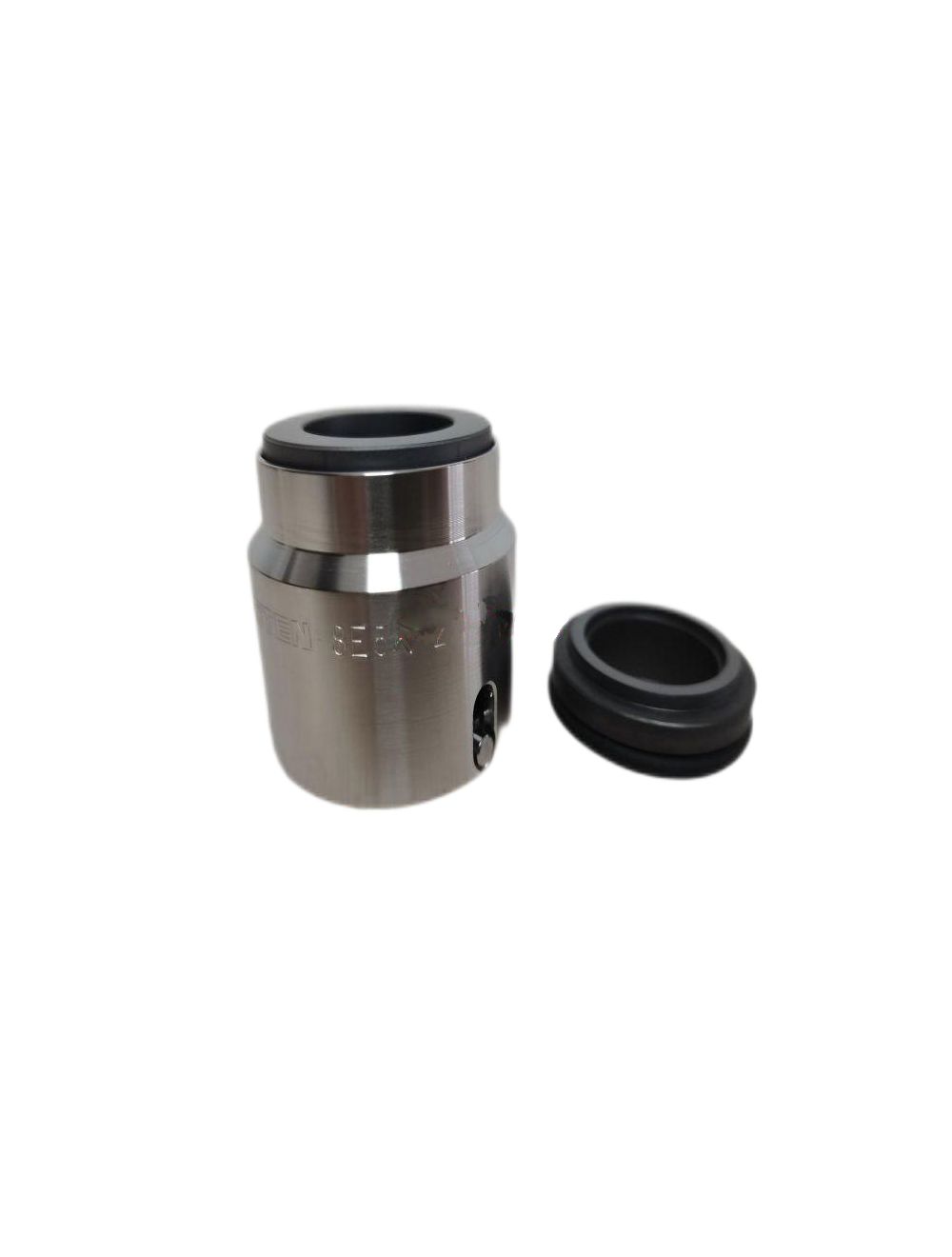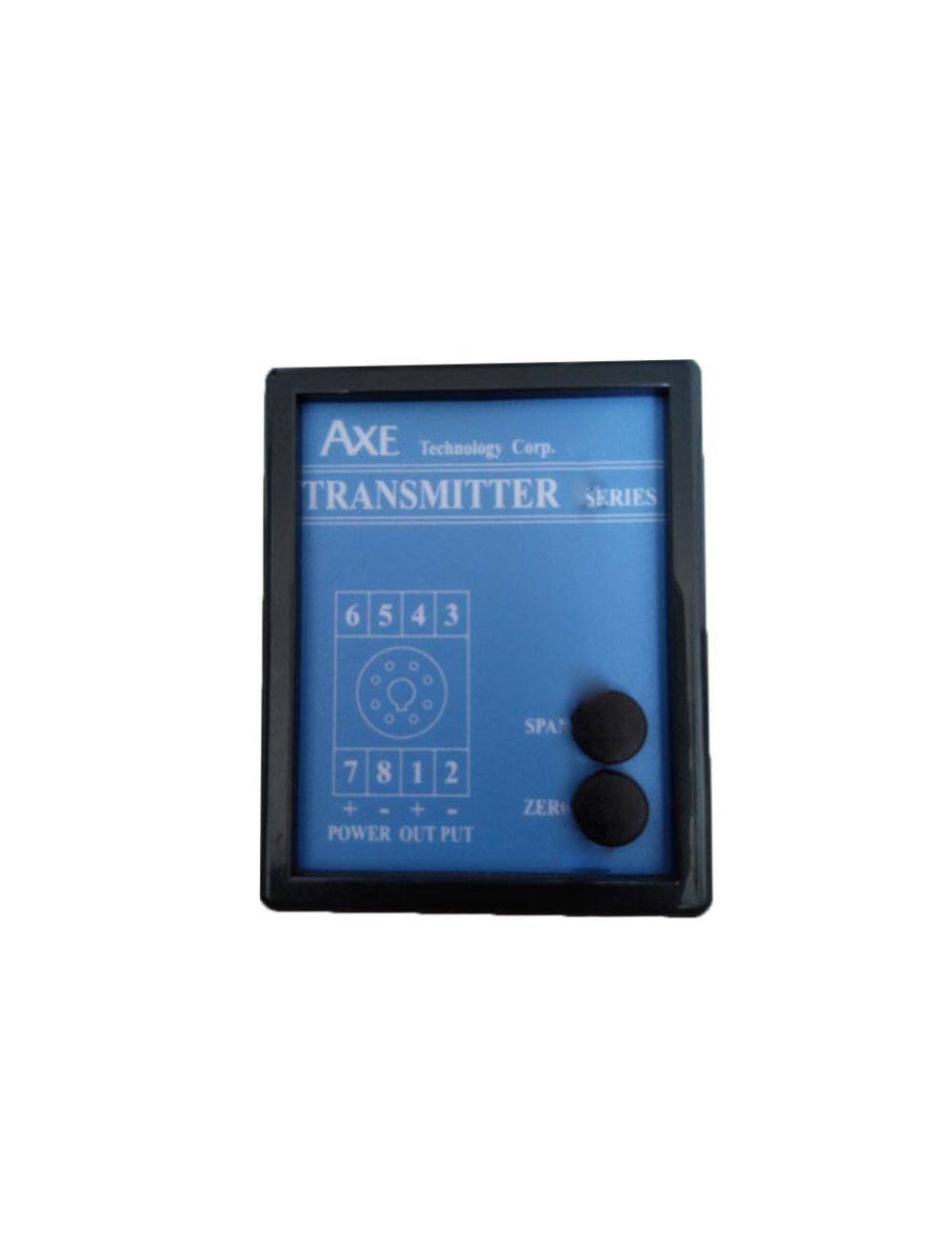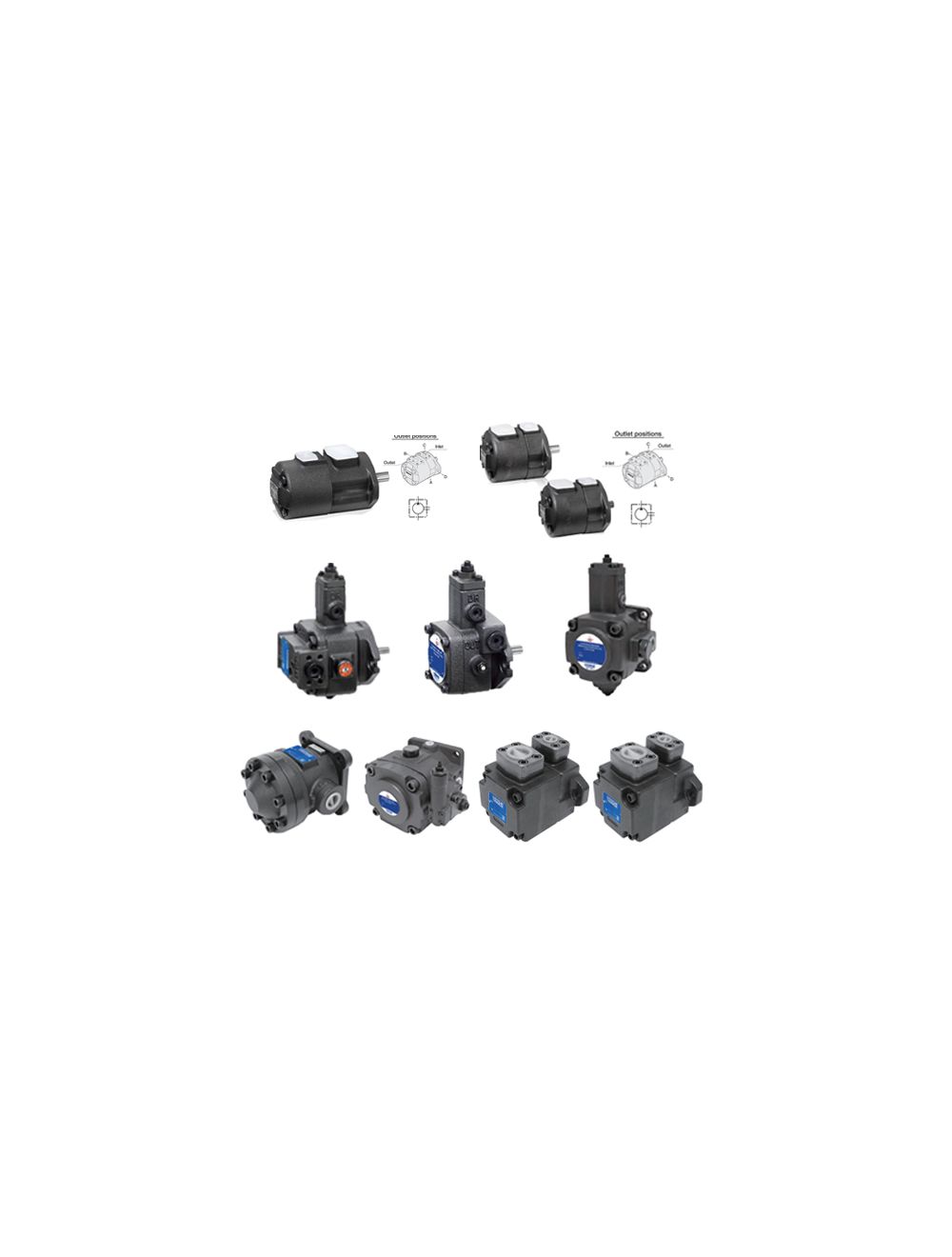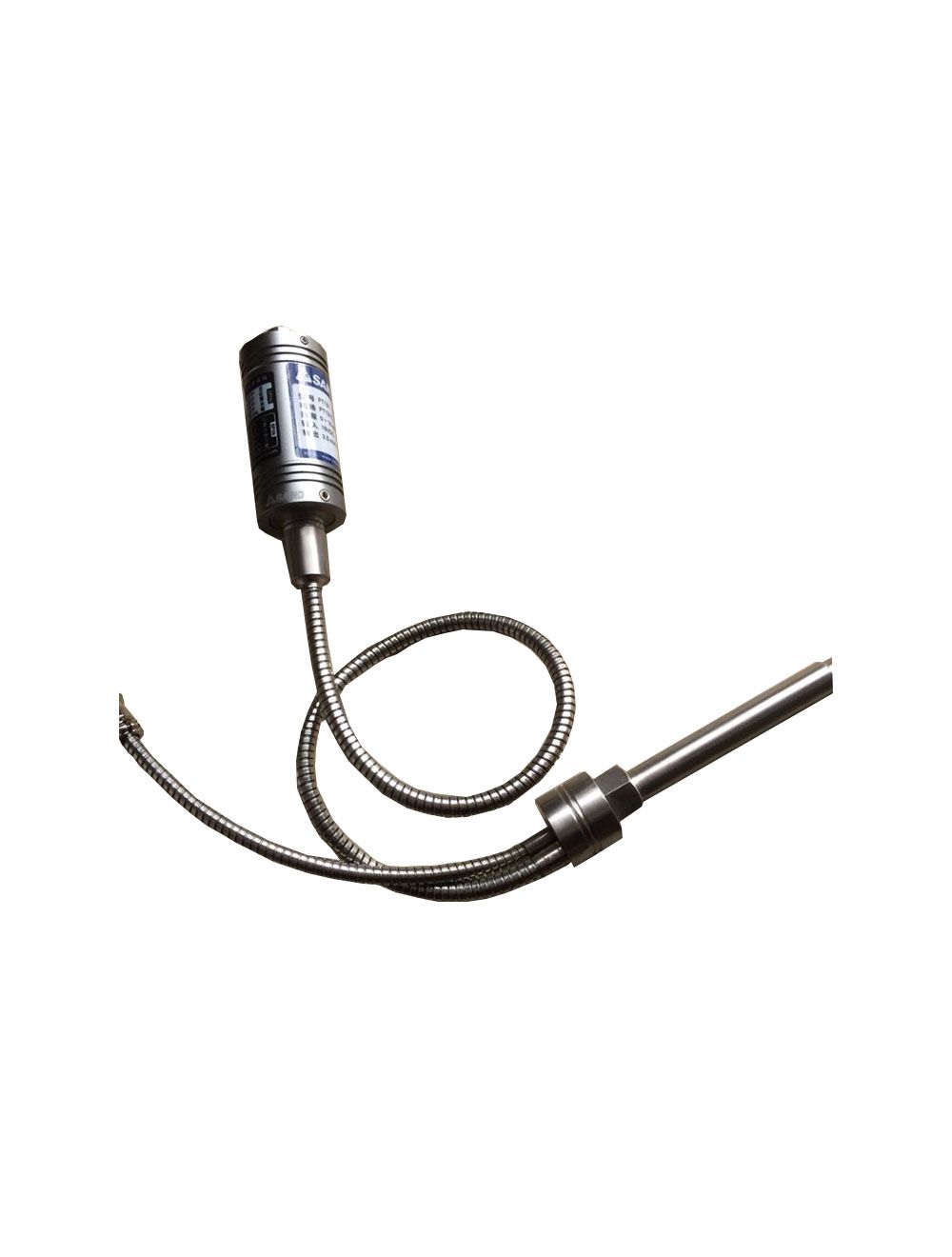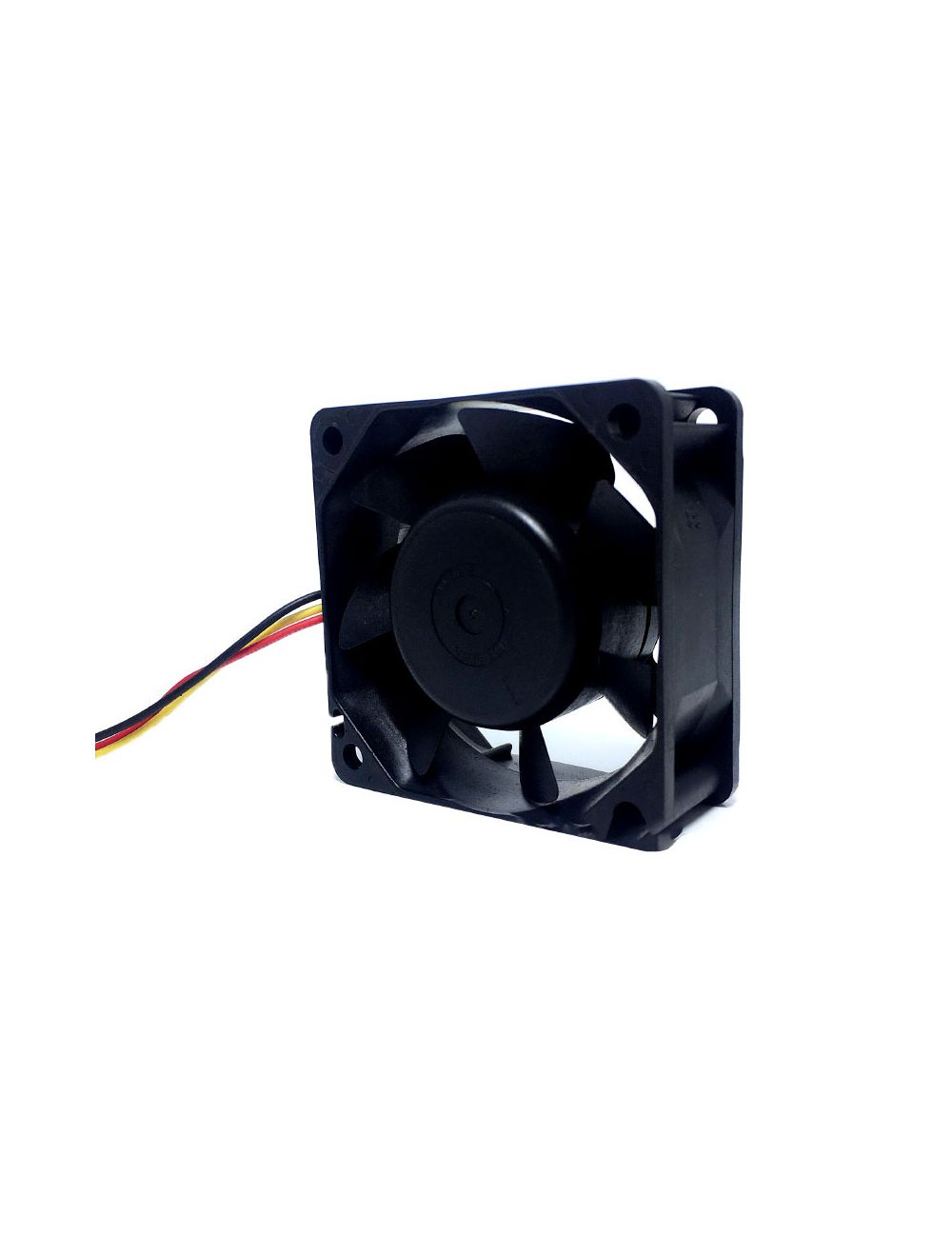On-board oil-free air compressor, after reading these faults, you can solve them by hand
1. Excessive temperature rise
Excessive temperature rise is a common fault during the operation of vehicle-mounted air compressors. Vehicle-mounted oil-free air compressors often operate at high temperatures, which will seriously affect the exhaust capacity and service life of the machine. When the temperature rises too high, a high-temperature shutdown fault will occur. The reasons are:
1. The temperature sensor is faulty. The temperature sensor failure will cause the PLC to falsely report that the temperature is too high and cause a shutdown.
2. Environmental temperature factors. The outlet temperature of the vehicle-mounted oil-free air compressor is generally set at about 110°C, and the outlet temperature of the nose is equal to the ambient temperature plus 60°C. The ventilation environment under the pit is poor, and most of the high temperatures are caused by this.
3. The temperature control valve is faulty. When the compressor is cold-started, the temperature control valve can make the oil bypass the cooler and directly spray into the main engine head, accelerate the rise of oil temperature and prevent condensation in the compressor. After the compressor is running normally, it can be adjusted to flow through the cooling according to the oil temperature. The ratio of the fuel volume between the device and the side road controls the fuel injection temperature. If the temperature control valve is damaged or the action is not sensitive, a large amount of high temperature oil will directly circulate into the main engine head without the cooler, resulting in high temperature of the main engine.
4. The oil filter is faulty. The oil filter is used to filter the dust and impurities in the oil circuit. After a period of use, it is easy to block, and the blockage will cause poor oil return and high temperature of the host. (It often appears at the moment of loading).
5. The oil cutoff valve is faulty. The oil cut-off valve controls its reciprocating oil injection by the air pressure of the air storage tank. If a fault occurs, the oil path is not smooth and the oil temperature is high; It will cause high temperature of the main engine head due to lack of oil or poor heat dissipation.
6. Insufficient amount of lubricating oil, dirty or clogged oil cooler will cause excessive temperature.
7.The cooling fan fails, the air cooler is blocked, and the exhaust resistance is too large, resulting in poor heat dissipation and high temperature. Clean the external dust and internal oil of the cooler.

2. The output exhaust pressure is too low
1. The actual gas consumption is greater than the gas output of the unit, the connected equipment and pipe network should be checked, and if there are leaks, repair them in time. If the air consumption of the system is greater than the air output of the compressor unit under normal use conditions, a large-size compressor unit should be replaced or a compressor unit added.
2. The set value of unloading pressure is too low. Set the unloading pressure value correctly to give full play to efficiency.
3. The filter element of the air filter is dirty and clogged, resulting in insufficient intake of the compressor unit and low exhaust pressure. The condition of the air filter should be checked and replaced if necessary.
4. Solenoid valve failure. The main vent solenoid valve and cold start vent solenoid valve on the exhaust pipeline are leaking and need to be replaced.
5. The control gas hose leaks. Replace the control air hose.
6. The intake valve does not act sensitively and is not fully opened. Need to overhaul and check the control system condition.
7. The oil separator is blocked, and the oil separator filter element needs to be replaced.
8. The safety valve leaks. Need to recalibrate or replace the valve.
9. After the drain valve of the gas-water separator is opened, it gets stuck and leaks and should be repaired.
10. The vent valve is faulty and the compressor unit cannot be closed when it is loaded. Need to be overhauled or replaced.
3. The output exhaust pressure is too high
1. The intake valve is malfunctioning. Need to overhaul or replace.
2. The loading and unloading pressure setting is unreasonable. The loading and unloading pressure value should be set according to the actual air consumption
3. Pressure sensor failure. replace.
4. The unloading valve is not closed, the unloading valve is stuck or closed tightly, and the solenoid valve is malfunctioning. Repair the unloading valve and replace the solenoid valve when necessary.
Four, frequent load unloading
1. The pressure controller loading and unloading pressure difference is too small, reset the loading and unloading pressure value.
2. The pressure sampling pipe is blocked or leaked, and the pressure decays too fast. The sampling pipeline needs to be overhauled.
3. The actual production air consumption is unstable, sometimes large, sometimes small or discontinuous. A gas storage tank can be added after the compressor unit.
4. When the compressor unit is unloaded, the minimum pressure valve is not closed in time or closed tightly. Repair the minimum pressure valve and replace if necessary.
5. The loading control solenoid valve is faulty. The solenoid valve should be checked. It may be affected by oil, water and gas, which may cause insensitive action or burn out the coil. Check and replace if necessary.
6. The pressure sensor that controls the start and stop of the unit is faulty or damaged. Should be overhauled and replaced.
5. The vehicle air compressor has not been unloaded after being loaded
1. The actual production air consumption is greater than the air output of the compressor unit, and the compressor unit is always in the loading operation state.
2. Check whether there is air leakage in the connecting pipe network.
3. Check whether the loading and unloading solenoid valve is active or damaged.
4. Check whether the intake valve of the compressor unit is tightly closed.
5. Check whether there is leakage in the drain valve of the gas-water separator.
6. Check the safety valve and oil separator for internal leakage.
6. Excessive fuel consumption or the discharged compressed air contains oil
1. Too much fuel. If the oil level is too high, the air flow will entrain the oil in the oil separator into the compressed air. Cause the oil content in the discharged compressed air to exceed the standard. Therefore, the amount of fuel should be controlled below the red line and the yellow line.
2. The failure of the minimum pressure spring causes the opening pressure to be too low, the pressure difference between the front and rear of the oil separator is too large, the flow rate of the oil and gas mixture in the tank is high, and the oil condensed on the cylinder wall and the oil separator filter element will be taken away by the high-speed airflow. Thereby affecting the oil and gas separation effect.
3. The filter element of the oiler separator is blocked or damaged. Check and clean and replace if necessary.
4. The oil return pipe of the oil separator is blocked, check and clean.
5. There is a leak in the air cooler system, check and repair and make up for the leak.
6. The oil has been used for an extended period of time and the oil quality has deteriorated. Clean the compressor unit and replace the qualified oil.
Seven, the vehicle air compressor unit is noisy
1. Compressor unit failure, bearing damage or main rotor rotor failure. Stop the machine immediately and contact the dealer or after-sale service center.
2. The cover panel is not installed properly, and the sound insulation cotton is damaged.
3. If the parts are loose, check carefully and strengthen the connecting parts.

